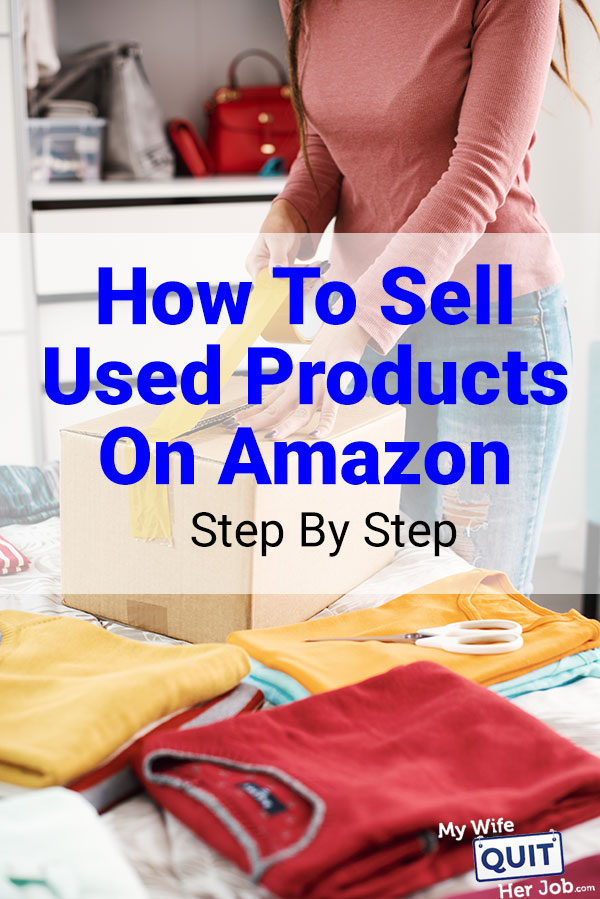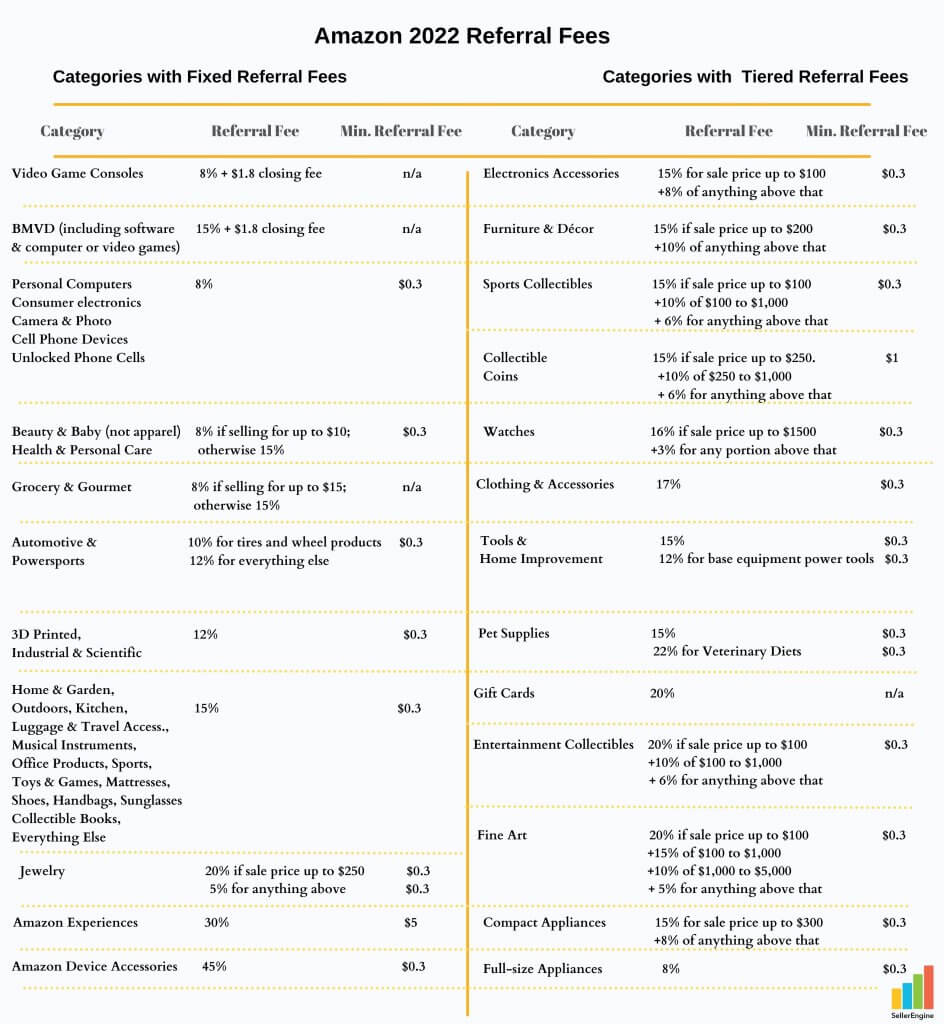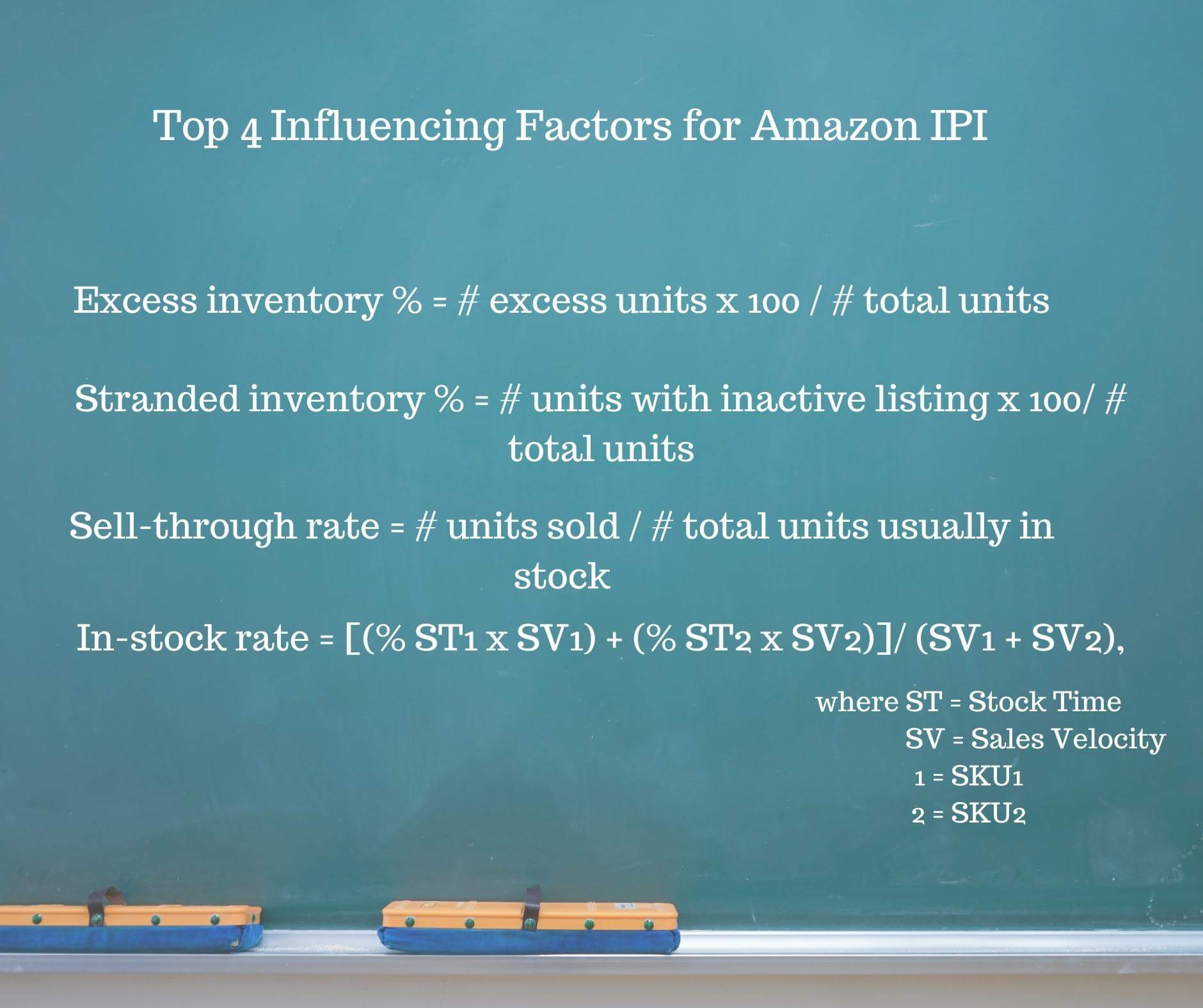What Makes a Successful Amazon Seller?
Selling on Amazon can be a lucrative venture, but it requires a deep understanding of the platform and its intricacies. Successful Amazon sellers possess a unique combination of skills, knowledge, and strategies that set them apart from the competition. So, who can sell on Amazon? The answer is anyone who is willing to put in the time and effort to learn the ropes and adapt to the ever-changing Amazon landscape.
At its core, Amazon is a customer-centric platform that prioritizes buyer satisfaction above all else. As such, successful sellers must be able to provide high-quality products, excellent customer service, and a seamless shopping experience. This requires a strong understanding of Amazon’s policies, procedures, and performance metrics, as well as the ability to navigate the platform’s complex algorithms and ranking systems.
In addition to these technical skills, successful Amazon sellers must also possess a range of soft skills, including communication, problem-solving, and time management. They must be able to effectively market their products, manage their inventory, and optimize their listings for maximum visibility. They must also be able to adapt to changes in the market, respond to customer feedback, and continuously improve their operations.
So, who can sell on Amazon? The answer is anyone who is willing to put in the time and effort to develop the skills, knowledge, and strategies necessary to succeed on the platform. Whether you’re a seasoned entrepreneur or just starting out, Amazon provides a level playing field for sellers of all sizes and backgrounds. By understanding what makes a successful Amazon seller, you can set yourself up for success and start building a thriving online business.
Who Can Sell on Amazon: Understanding the Requirements
To become a successful Amazon seller, it’s essential to understand the basic requirements for selling on the platform. So, who can sell on Amazon? Anyone who meets the necessary requirements can start selling on Amazon, but it’s crucial to understand the different types of seller accounts and their respective benefits.
Amazon offers two types of seller accounts: Individual and Professional. The Individual plan is suitable for casual sellers who plan to sell fewer than 40 items per month. This plan charges a flat fee of $0.99 per sale, plus a referral fee that varies depending on the product category. On the other hand, the Professional plan is designed for serious sellers who plan to sell more than 40 items per month. This plan charges a monthly subscription fee of $39.99, plus a referral fee that varies depending on the product category.
In addition to the seller account type, Amazon also requires sellers to have a valid business license and a reliable internet connection. Sellers must also provide accurate and up-to-date information about their business, including their business name, address, and tax identification number.
Amazon also has specific requirements for product listings, including high-quality product images, detailed product descriptions, and accurate product categorization. Sellers must also comply with Amazon’s policies and procedures, including those related to intellectual property, product safety, and customer reviews.
By understanding the requirements for selling on Amazon, sellers can set themselves up for success and avoid common pitfalls that can lead to account suspension or termination. Whether you’re a seasoned entrepreneur or just starting out, Amazon provides a level playing field for sellers of all sizes and backgrounds.
How to Get Started as an Amazon Seller: A Step-by-Step Guide
Now that you understand the requirements for selling on Amazon, it’s time to take the next step and create a professional seller account. In this section, we’ll provide a step-by-step guide on how to get started as an Amazon seller.
Step 1: Go to sellercentral.amazon.com and click on “Start Selling” to begin the registration process. You’ll need to provide basic information about your business, including your business name, address, and tax identification number.
Step 2: Verify your email address and phone number. Amazon will send a verification email to the email address you provided, and you’ll need to click on the link to confirm your email address. You’ll also need to verify your phone number by entering a verification code sent to your phone.
Step 3: Set up your store. Once you’ve verified your email address and phone number, you’ll be taken to the Seller Central dashboard. From here, you can set up your store by adding a store name, description, and logo.
Step 4: List your products. To list your products, you’ll need to create a product listing that includes a title, description, price, and images. You can also use Amazon’s product listing templates to make the process easier.
Step 5: Optimize your product listings for maximum visibility. To increase your chances of selling on Amazon, you’ll need to optimize your product listings for maximum visibility. This includes using relevant keywords in your title and description, as well as high-quality product images.
By following these steps, you can get started as an Amazon seller and begin selling your products to millions of customers around the world. Remember to always follow Amazon’s policies and procedures, and to provide excellent customer service to build a strong reputation on the platform.
Amazon Seller Fees: Understanding the Costs
As an Amazon seller, it’s essential to understand the various fees associated with selling on the platform. These fees can eat into your profit margins, so it’s crucial to know how to calculate and minimize them. In this section, we’ll break down the different types of fees and provide tips on how to reduce them.
The selling plan fee is a monthly fee that ranges from $39.99 to $99.99, depending on the type of plan you choose. The Individual plan is suitable for casual sellers who plan to sell fewer than 40 items per month, while the Professional plan is designed for serious sellers who plan to sell more than 40 items per month.
The referral fee is a percentage-based fee that ranges from 8% to 15%, depending on the product category. This fee is charged on the sale price of the item, and it’s deducted from the sale price before the payment is made to the seller.
The shipping fee is a flat fee that ranges from $2.41 to $10.30, depending on the shipping method and the weight of the item. This fee is charged on top of the sale price, and it’s paid by the buyer.
To minimize these fees, it’s essential to choose the right selling plan, optimize your product listings, and use Amazon’s shipping services. By doing so, you can reduce your costs and increase your profit margins.
For example, if you’re selling a product that weighs 1 pound and costs $20, the referral fee would be 15% of the sale price, which is $3. The shipping fee would be $2.41, and the total cost would be $5.41. By using Amazon’s shipping services and optimizing your product listings, you can reduce the shipping fee and increase your profit margins.
Amazon’s Performance Metrics: What You Need to Know
As an Amazon seller, it’s essential to understand the platform’s performance metrics and how they impact your business. Amazon uses a variety of metrics to evaluate seller performance, including order defect rate, cancellation rate, and late shipment rate. In this section, we’ll discuss the importance of these metrics and provide tips on how to monitor and improve them.
Order defect rate is a critical metric that measures the percentage of orders that are defective or damaged. Amazon considers an order defective if it’s cancelled, returned, or results in a negative review. To improve your order defect rate, focus on providing high-quality products, accurate product descriptions, and excellent customer service.
Cancellation rate is another important metric that measures the percentage of orders that are cancelled. Amazon considers an order cancelled if it’s cancelled by the buyer or seller before it’s shipped. To improve your cancellation rate, focus on providing accurate product information, responding promptly to customer inquiries, and resolving issues quickly.
Late shipment rate is a metric that measures the percentage of orders that are shipped late. Amazon considers an order late if it’s shipped after the expected ship date. To improve your late shipment rate, focus on providing accurate shipping information, using reliable shipping carriers, and monitoring your shipping performance regularly.
By monitoring and improving these performance metrics, you can maintain a healthy seller account and avoid account suspension or termination. Amazon provides a variety of tools and resources to help sellers monitor and improve their performance, including the Seller Central dashboard and the Amazon Seller app.
Additionally, Amazon offers a variety of programs and services to help sellers improve their performance, including the Fulfillment by Amazon (FBA) program and the Amazon Seller University. By taking advantage of these resources, you can improve your performance metrics and achieve long-term success on Amazon.
Building a Strong Brand on Amazon: Tips and Strategies
Building a strong brand on Amazon is crucial for success in the competitive e-commerce marketplace. A strong brand can help you stand out from the competition, build customer loyalty, and increase sales. In this section, we’ll provide tips and strategies for building a strong brand on Amazon.
High-quality product images are essential for building a strong brand on Amazon. Product images should be clear, well-lit, and show the product from multiple angles. This will help customers get a better understanding of the product and increase the chances of making a sale.
Detailed product descriptions are also important for building a strong brand on Amazon. Product descriptions should be accurate, concise, and include relevant keywords. This will help customers find your product when searching for it and increase the chances of making a sale.
Excellent customer service is also crucial for building a strong brand on Amazon. Responding promptly to customer inquiries, resolving issues quickly, and providing excellent customer service can help build customer loyalty and increase sales.
Additionally, Amazon offers a variety of tools and services to help sellers build a strong brand, including the Amazon Brand Registry and the Amazon Store. By taking advantage of these tools and services, you can build a strong brand on Amazon and increase your chances of success.
By following these tips and strategies, you can build a strong brand on Amazon and increase your chances of success. Remember, building a strong brand takes time and effort, but it’s worth it in the long run.
Amazon’s Policies and Procedures: What You Need to Know
As an Amazon seller, it’s essential to understand the platform’s policies and procedures to avoid account suspension or termination. Amazon has strict policies and procedures in place to protect its customers, intellectual property, and product safety.
Intellectual property is a critical aspect of Amazon’s policies and procedures. Amazon prohibits the sale of counterfeit or pirated products, and sellers must ensure that their products do not infringe on the intellectual property rights of others.
Product safety is another important aspect of Amazon’s policies and procedures. Amazon requires sellers to ensure that their products meet all applicable safety standards and regulations, and sellers must provide accurate and complete product information to customers.
Customer reviews are also an essential part of Amazon’s policies and procedures. Amazon allows customers to leave reviews on products, and sellers must respond promptly to customer reviews and resolve any issues quickly.
Violating Amazon’s policies and procedures can result in account suspension or termination, so it’s essential to understand and comply with these policies. Amazon provides a variety of resources and tools to help sellers understand and comply with its policies and procedures, including the Amazon Seller Central dashboard and the Amazon Seller University.
By understanding and complying with Amazon’s policies and procedures, you can avoid account suspension or termination and maintain a healthy and successful seller account.
Conclusion: Unlocking Your Potential as an Amazon Seller
In conclusion, becoming a successful Amazon seller requires a strong understanding of the platform, effective marketing strategies, and high-quality products. By following the tips and strategies outlined in this article, you can unlock your potential as an Amazon seller and achieve long-term success.
Remember, selling on Amazon is a competitive marketplace, and it’s essential to stay up-to-date with the latest trends and best practices. By continuously monitoring and improving your performance metrics, building a strong brand, and complying with Amazon’s policies and procedures, you can maintain a healthy and successful seller account.
So, who can sell on Amazon? Anyone who is willing to put in the time and effort to learn the platform, develop effective marketing strategies, and provide high-quality products can become a successful Amazon seller. Whether you’re a seasoned entrepreneur or just starting out, Amazon provides a level playing field for sellers of all sizes and backgrounds.
By following the tips and strategies outlined in this article, you can start your Amazon selling journey and achieve long-term success. Remember to stay focused, stay committed, and always keep your customers in mind. With dedication and hard work, you can unlock your potential as an Amazon seller and achieve your goals.






